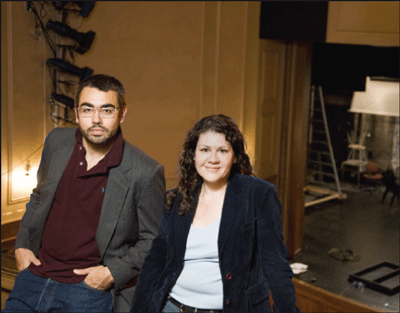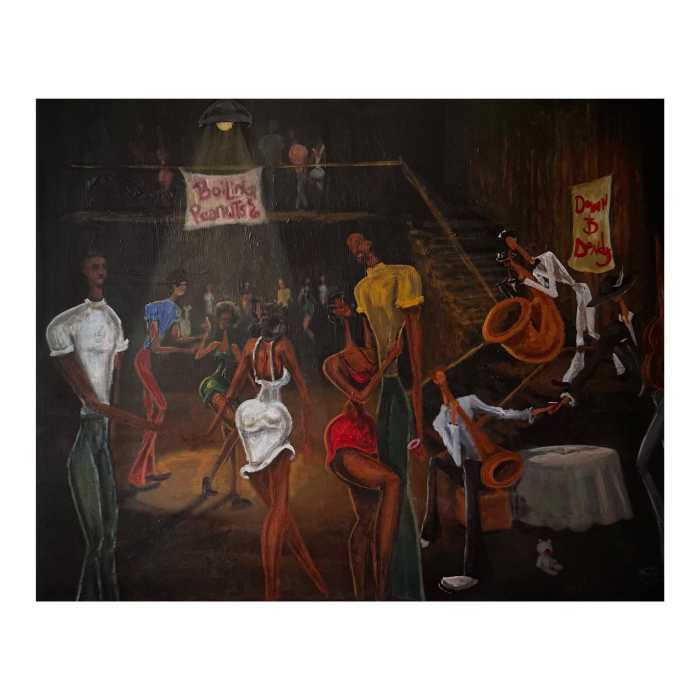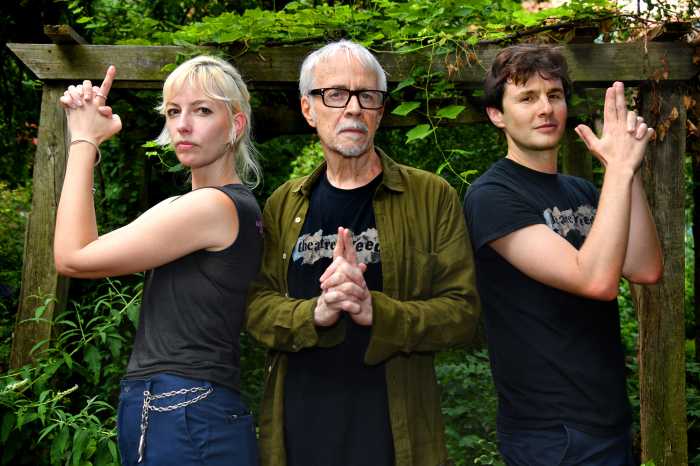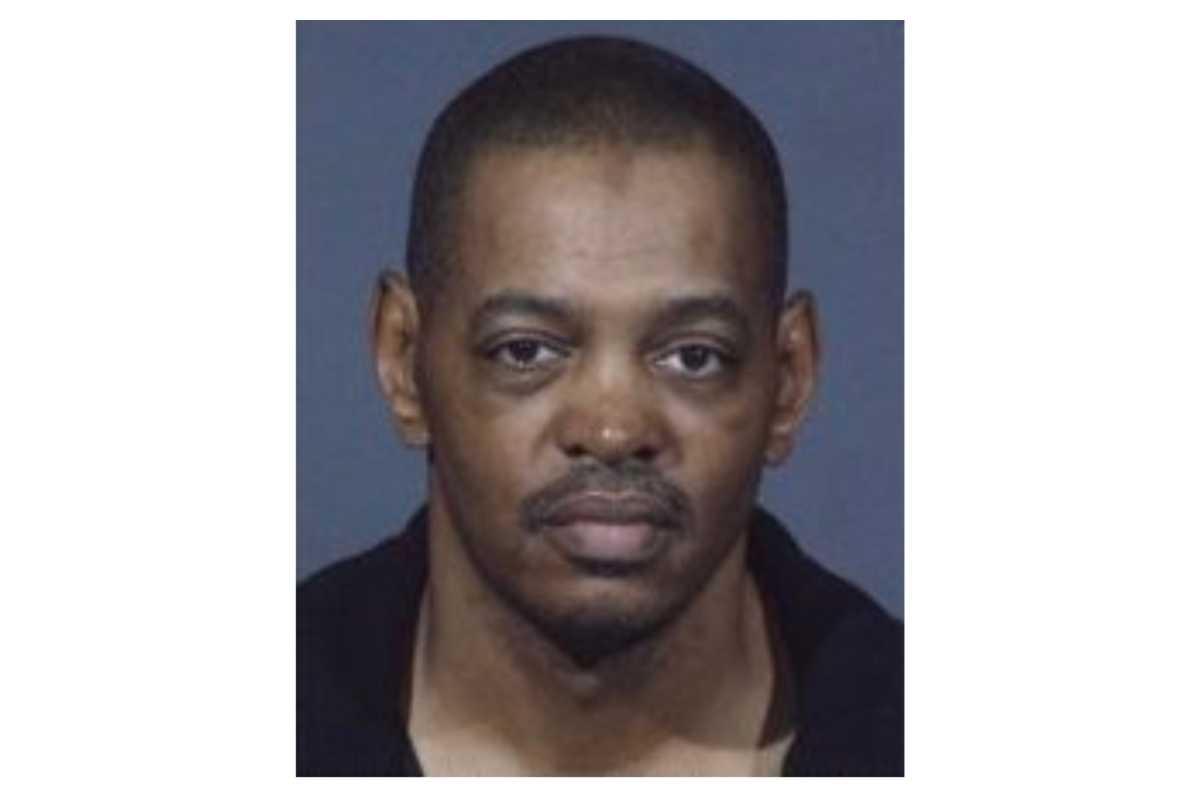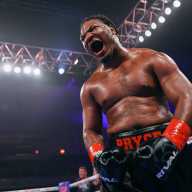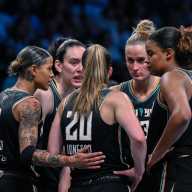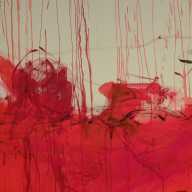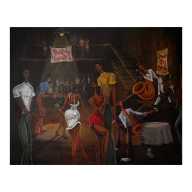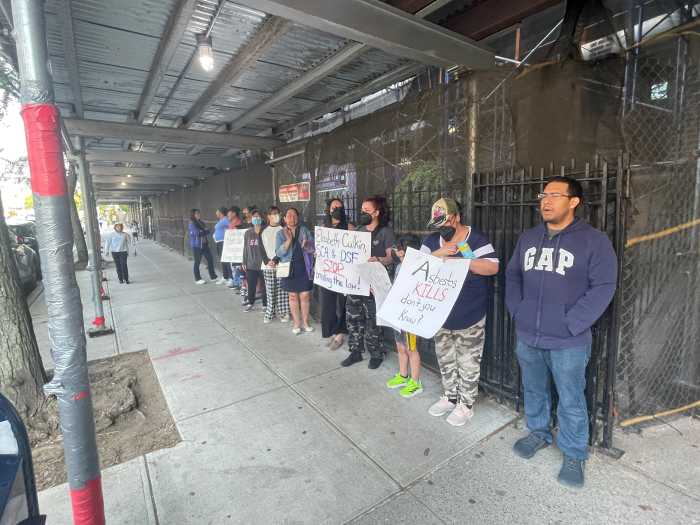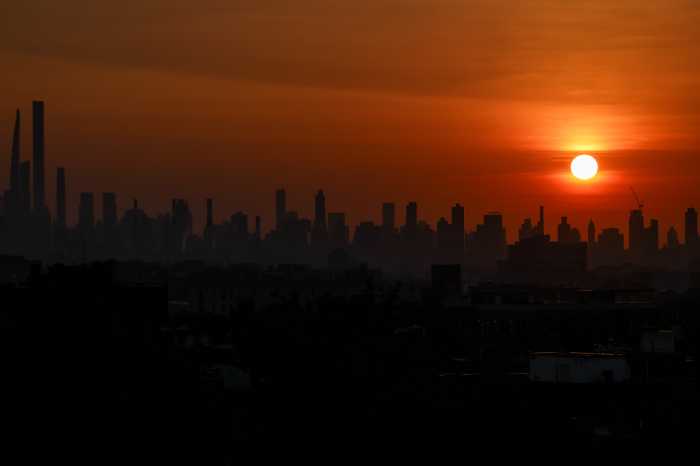By Jennifer O’Reilly
With less than a week until the Crown Point Festival hits the stage, Executive Director Kelly Markus is spending her days tying up loose ends. As the sole full-time employee of a massive multi-media festival with a $50,000 budget and 225 performing acts, it’s an understatement to say that Markus’s agenda is full. Last week she graciously agreed to meet in the midst of wrapping up artists’ contracts, and after taking care of some business on her Blackberry, she admitted it was nice to have a moment to step outside and enjoy the sunshine.
Markus is the organizer of the Crown Point Festival, which starts Oct. 27 and runs until Nov. 17 at the Abrons Arts Center on the Lower East Side. It shakes up the classic festival format by showcasing three different mediums at once. Each night will feature back-to-back theater performances, film screenings, and live music on a single stage over the course of approximately two and a half hours.
The idea was first generated by a group of frustrated artists (including Markus, a struggling actor at the time) who wanted to create a hub where performers in different art forms could check each other out. They further distinguished the multi-discipline festival by making it non-competitive, because Markus doesn’t believing in “anointing” one artist’s work over another. “To compare ‘best’ between this play or that play, one documentary over another, one band over another, defeats the very essence of the subjectivity of art,” she explains.
The first attempt at this arts extravaganza was a 2004 event called The Fall Collection, featuring different plays, films, and live bands, but with a much more rigid schedule. Each evening consisted of two plays, two films, and then an after party that involved transporting the entire audience to a different location to see a band. But early in the festival, an unexpected snag altered their planning. “We had a happy accident happen to us,” Markus says. “The second night of our run, the venue we had confirmed for the band was shut down. So we were like ‘Where are we going to do this?’ and we said immediately, ‘We’ll have it at the theater.’ That night it was incredible how the audience responded, how that symbiotic relationship worked.”
After The Fall Collection’s run, Markus realized that the task of staging a multi-media event like this would be daunting. But remembering the audiences’ reactions, she realized that she couldn’t abandon her original idea. “I went to close out the accounts, and I just started to cry. This was my dream. And I couldn’t just abandon my dream because it was too hard.” Its reincarnation as the Crown Point Festival is a reference to the nickname the colonial British gave to the Lower East Side, the festival’s home base.
Crown Point will feature bands such as Yeasayer, Hopewell, and Up the Empire; theater performances from a wide diversity of downtown artists including The Ateh Theater Group, Rosalyn Hart, and Waterwell; and short and feature length films from filmmakers all over the world (see page one). The selections for the festival were made by three teams of curators, each of whom work within the art form they screened.
Artistic Director Chris Ehrmann says besides scouting for acts in the field, the curators used a somewhat unique technique of gathering acts to audition for the festival. “Essentially it all started with an open call process — it’s a little different from most open calls because to be included you have to be referred. That process works much like a Friendster or a MySpace. It starts off with the staff, the board of directors, and people involved with the organization who can refer artists into the festival. But then once an artist is referred, they can also refer people. The network grows at an exponential rate at a certain point.”
After the acts were selected, scheduling three weeks of performances where plays, films, and bands all inhabit the same space became the next challenge. Ehrmann says that the key was to keep in mind the audience’s experience over the course of the evening. “You work your way through the night playing off the last thing that the audience sees. So if they see a sad film, maybe we want to bring the mood up a little and if it’s appropriate, maybe we put a funny play in and we put in some experimental music. It’s trying to take the thoughts of the audience into consideration and trying to put them on the Crown Point roller coaster a little bit.”
Markus adds that if everything goes well, the result will feel and sound like the perfect play list. “I call it the mix tape theory. Your best friend gives you a mix tape and it goes from Elliot Smith to Chaka Khan to Beastie Boys and for whatever reason, it just works.“
In addition to the performance aspect of the festival, there will also be several discussion panels that will focus on strengthening the arts community in the Lower East Side and other key artistic neighborhoods in New York, something the organizers of the Crown Point festival are particularly passionate about. Ehrmann says that as bar culture grows in the Lower East Side, venues like the Abrons Arts Center become less available to artists. “Abrons is the last of its kind. The Lower East Side used to be filled to the brim with theaters and now this is the only one that remains of this caliber Downtown.” The panels will be a way to try to address the dwindling of artistic venues and a way to brainstorm solutions for struggling artists of all disciplines. “If you’re getting the feeling that we’re trying to be all things to all people, you’re right,” Ehrmann says. “We love the community that we represent and the more people we involve, the more people we can entertain, the better equipped we become at improving the community.”
With the combination of theater, music, and film, the festival’s producers expect to see a diverse crowd in the audience throughout their three-week run. Recalling a party Markus recently hosted for all of the artists involved, she said, “we had some acts that were in the original festival and they were telling the new acts, ‘One of the best things about this festival is that in the audience you can have some 65-year-old guy next to a Williamsburg hipster and they will both be dancing to their own groove.’ And everybody’s sort of looking around, like, Yeah, this is what it’s meant to be. It’s meant to be inclusive.”



